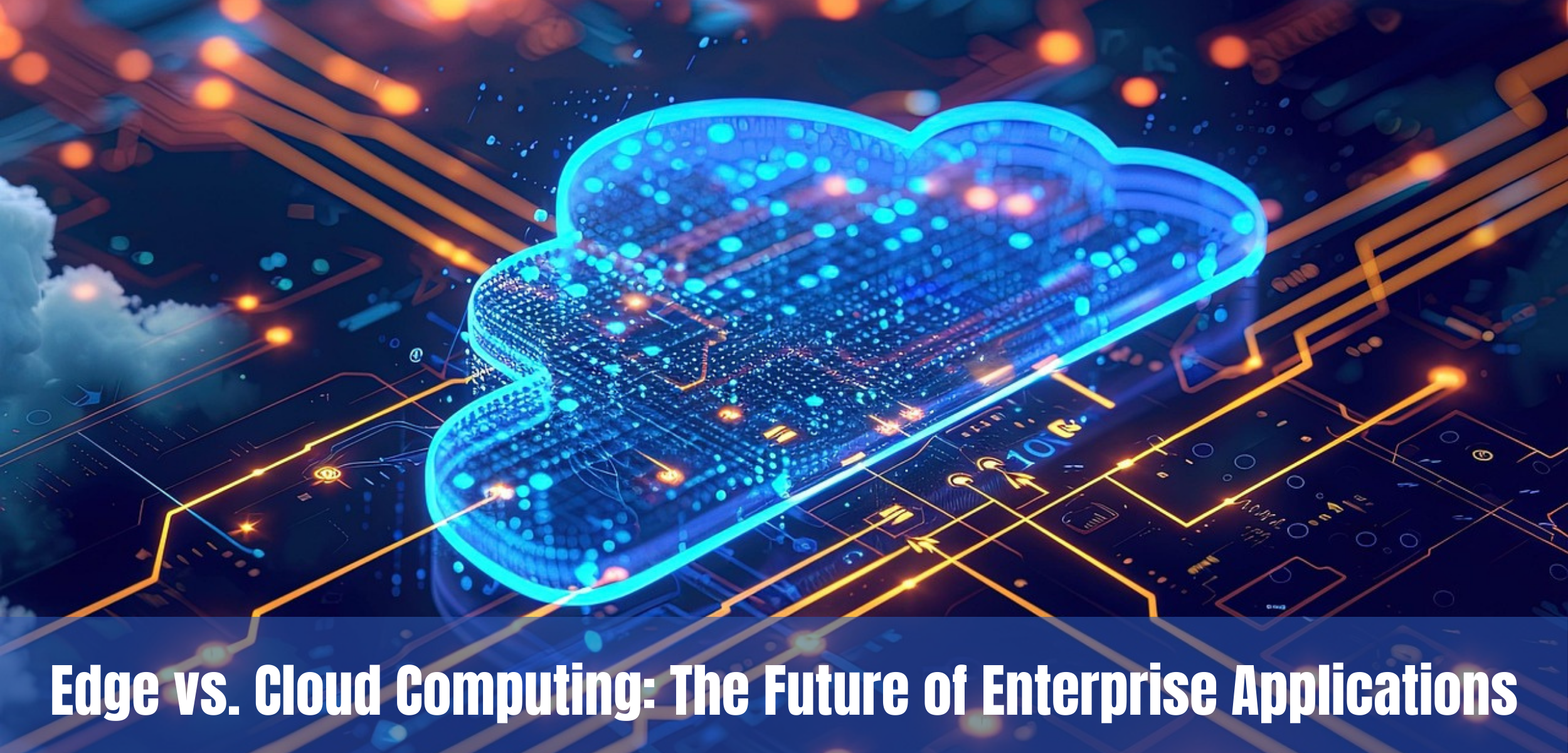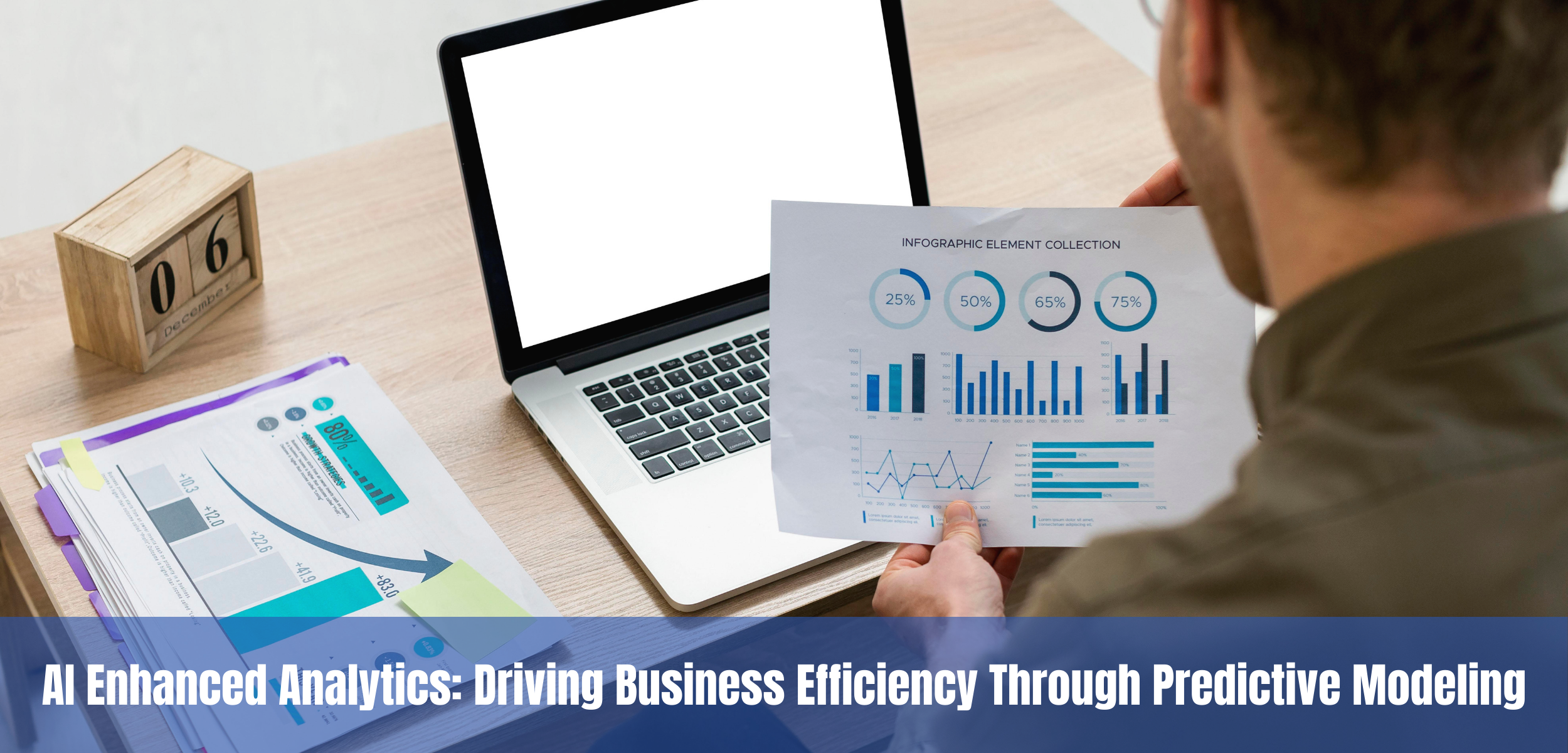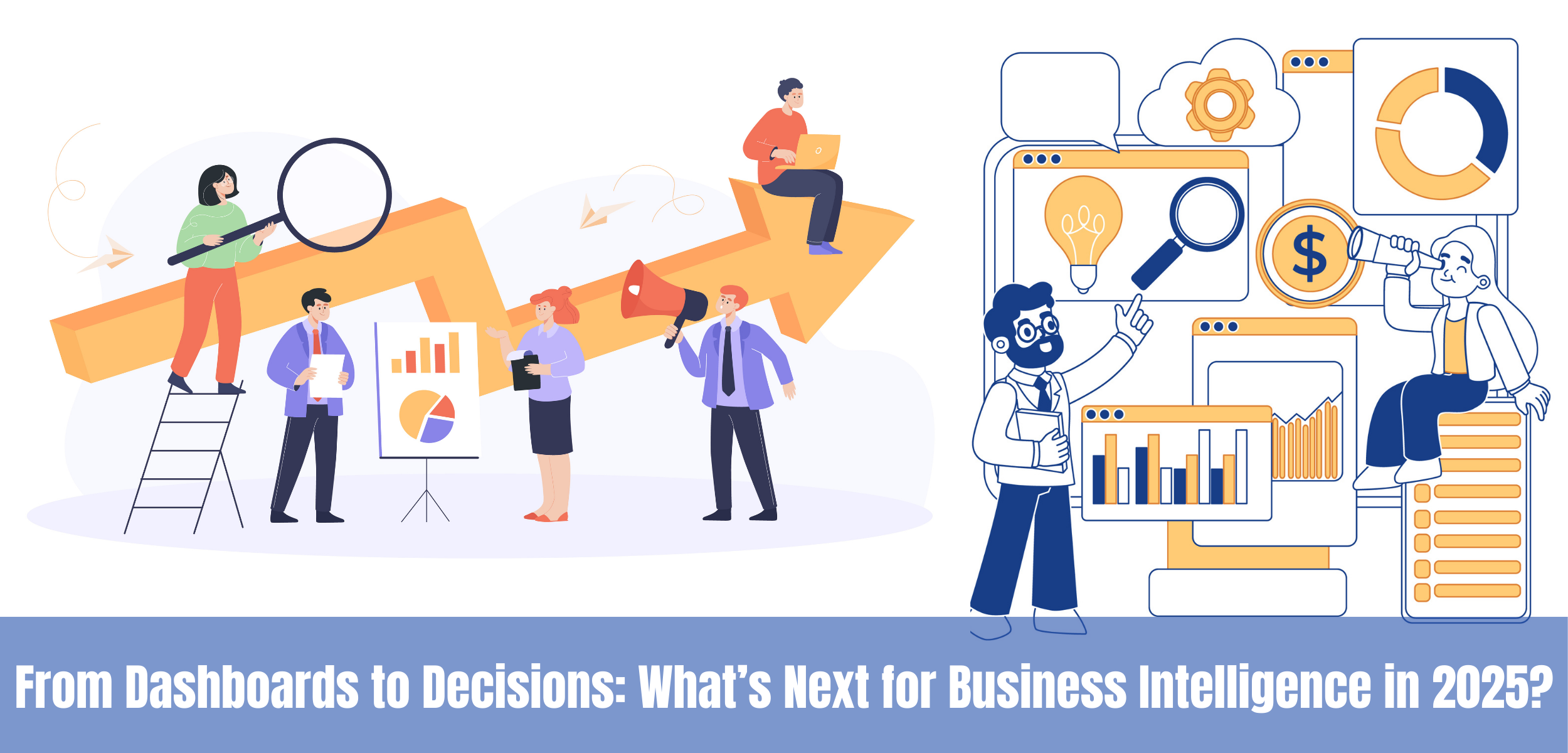As digital transformation accelerates across industries, enterprise leaders face a critical decision: where and how should their applications process data—centrally in the cloud or closer to the source at the edge? The choice between cloud and edge computing is not binary but strategic, impacting latency, scalability, data governance, and operational efficiency.
This article explores the architectural, operational, and strategic dimensions of cloud and edge computing. It also considers when a hybrid model—integrating both paradigms—may offer the greatest advantage.
Defining the Paradigms
1. Cloud Computing

Cloud computing refers to the on-demand delivery of computing services—including servers, storage, databases, analytics, and software—via the internet. This model enables organizations to scale resources elastically, reduce infrastructure costs, and accelerate time-to-market.
Advantages:
- Elastic Scalability: Instantly scale workloads across global data centers.
- Cost Efficiency: Pay-as-you-go models eliminate significant upfront capital investments.
- Remote Accessibility: Teams can collaborate and access data from virtually anywhere.
- Centralized Management: Unified control over applications and data.
Common Enterprise Use Cases:
- Data warehousing and analytics
- Customer relationship management (CRM)
- SaaS applications and DevOps pipelines
- Disaster recovery and business continuity.
2. Edge Computing

Edge computing processes data closer to the source—such as IoT sensors, cameras, or mobile devices—rather than relying solely on centralized cloud servers. This reduces latency and offloads bandwidth usage, making it ideal for applications that require real-time insights and rapid responsiveness.
Advantages:
- Low Latency: Processes data in milliseconds, essential for real-time use cases.
- Reduced Bandwidth Load: Limits the need to transmit large volumes of data to centralized servers.
- Data Sovereignty and Compliance: Supports local data handling, which is increasingly important under regulations like GDPR or India’s DPDP Act.
- Operational Resilience: Functions independently of unreliable or low-bandwidth network connections.
Common Enterprise Use Cases:
- Predictive maintenance in manufacturing
- Autonomous vehicles and drones
- Smart grids and utilities
- Healthcare monitoring devices
Cloud vs. Edge: A Comparative Framework
|
Criteria |
Cloud Computing |
Edge Computing |
|
Latency |
Higher; dependent on data center proximity |
Ultra-low; processes data at the source |
|
Scalability |
Virtually unlimited through hyperscale platforms |
Limited to local device or gateway capabilities |
|
Data Privacy & Compliance |
Data travels across jurisdictions; higher risk |
Supports local data processing for compliance |
|
Infrastructure Cost |
Lower CapEx but potential OpEx for bandwidth and cloud services |
Higher initial CapEx; lower data transmission costs over time |
|
Ideal Use Cases |
Big data analytics, SaaS, backups, long-term storage |
Real-time analytics, machine vision, IoT, autonomous operations |
Strategic Shift Toward Hybrid Architectures
Increasingly, enterprises are adopting hybrid models that combine edge and cloud computing. This approach allows critical data to be processed at the edge for immediacy, while non-urgent data is sent to the cloud for archival or large-scale analytics.
A recent PwC surveys reveals that:
- 74% of companies in EMEA plan to increase cloud spending in 2023. (Source: PwC)
- 73% of businesses not currently fully utilizing cloud expect to have all their operations in the cloud within two years. (Source: PwC)
This hybrid strategy allows enterprises to:
- Minimize latency for mission-critical operations
- Reduce data transmission costs
- Improve compliance through localized data governance
- Maintain centralized visibility and control via cloud integrations.
Emerging Trends Shaping the Landscape
Several macro-level trends are influencing the adoption and evolution of cloud and edge architectures:
1. AI at the Edge
Deploying machine learning models at the edge enables devices to analyze and act on data autonomously—without needing to send it back to the cloud. This is transformative in sectors like healthcare, energy, and automotive.
2. Proliferation of IoT Devices
IDC predicts there will be over 55.7 billion IoT devices by 2025, generating 80 zettabytes of data. Edge computing becomes indispensable in managing, processing, and securing this immense data volume. (Source: IDC)
3. 5G Networks
With high bandwidth and ultra-low latency, 5G infrastructure expands the feasibility of edge computing, particularly in smart cities, autonomous transport, and real-time video processing.
4. Regulatory Pressures
As data privacy regulations tighten worldwide, enterprises are being compelled to handle sensitive data locally. Edge computing offers a path to ensure compliance without compromising performance.
Key Considerations for Enterprise Leaders
To determine the right architecture, consider the following:
- Application Sensitivity to Latency: Real-time control systems favor edge.
- Geographic Data Governance: Local regulations may restrict centralized data processing.
- Data Volume and Type: Streaming and real-time data are often better managed at the edge.
- Network Reliability: Remote or low-bandwidth environments necessitate edge processing.
- Total Cost of Ownership (TCO): Evaluate CapEx for edge infrastructure vs. OpEx for cloud services and bandwidth.
Enabling Future-Ready Architectures with Evermethod Inc
The evolution of enterprise computing is not a contest between cloud and edge—it is a confluence. The future lies in dynamic, interoperable architectures that seamlessly integrate both paradigms.
Evermethod Inc empowers enterprises to architect and operationalize future-ready solutions by blending edge responsiveness with cloud scalability. Through our expertise in offshore development, AI integration, and secure cloud engineering, we help clients build performant, compliant, and cost-effective digital ecosystems.
As the boundary between physical and digital continues to blur, the question for enterprises is not if they should adopt edge or cloud—but how to orchestrate both for maximal business impact.
Get the latest!
Get actionable strategies to empower your business and market domination
.png?width=882&height=158&name=882x158%20(1).png)

.png/preview.png?t=1721195409615)

%2013.png)


